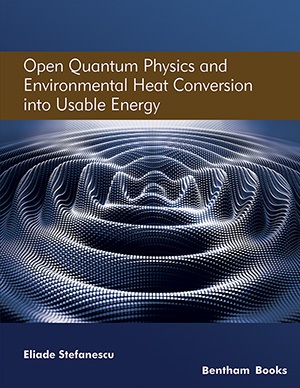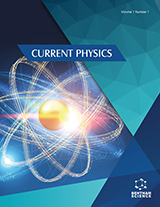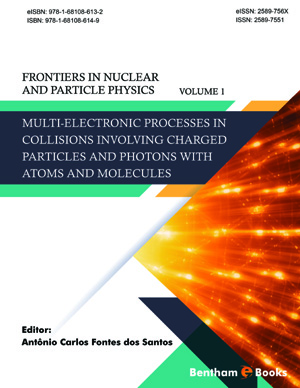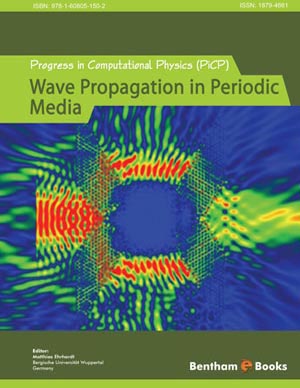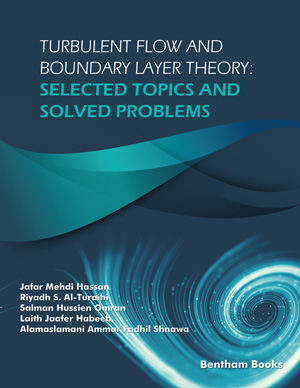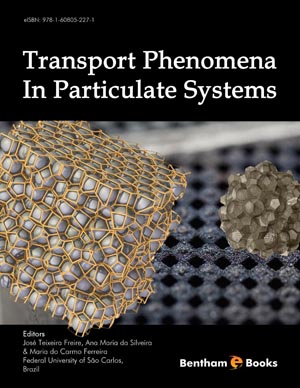In this chapter, we demonstrate the main theorems of the general theory of
relativity, and derive dynamic equations for a quantum particle in a gravitational field.
For two curvilinear time-space systems of reference, we obtain the transformed
matrices of vectors and tensors. We define contravariant and covariant
representations, and the quotient theorem. We consider the curvature of the physical
four-dimensional time-space system, in the total system, including a number of extracoordinates,
enabling this curvature. For the physical system, as a hypersurface in the
total system, we obtain the metric tensor, as a function of the extra-coordinates, which,
on this hypersurface, depend on the physical coordinates, as parameters. In this
framework, we obtain the Christoffel symbols as functions of the coordinate
derivatives of the metric elements. We obtain the covariant derivative, including only
physical effects, without the curvature effects described by the ordinary derivative.
We show that the covariant derivative of a metric element is null, and derive equations
for the matter conservation, harmonic oscillations, and curvilinear forms of the Gauss
and Stokes theorems. From the inertial and gravitational forces, we obtain the
geodesic equations of a null covariant acceleration, as from the invariance of the timespace
interval, we obtain that any vector is perpendicular to its covariant derivative
with any coordinate. We define the curvature tensor and derive the symmetry and the
Bianci relations. We define the Ricci tensor, and from the Bianci relation for this
tensor we obtain Einstein’s law of gravitation. From this law for a gravitational system
with spherical symmetry, we obtain the Schwarzschild solution for the metric tensor.
We derive the Einstein gravitational law in the presence of matter, and study the
dynamics of a quantum particle in a black hole. Outside a black hole we consider a
time-like region, with a far region where all the bodies are attracted, and a near region,
where the coming bodies are strongly decelerated, to a null velocity at the
Schwarzschild boundary, but reaching this boundary only in an infinite time. The
internal part of a black hole is defined as a space-like region, where at its formation,
the central matter explodes, having the tendency to concentrate at the Schwarzschild
boundary, but reaching this boundary also in an infinite time.
Keywords: Contravariant vector, Covariant vector, Tensor, Index contraction, Dummy index, Index raising, Index lowering, Curvature, Curved time-space coordinates, Curved physical system, Physical universe, Total universe, Physical hypersurface, Metric tensor, Quotient theorem, Christoffel symbol, Covariant derivative, Scalar density, Tensor density, Conservation equation, Harmonic oscillation, D’Alembert equation, Laplace equation, Gauss theorem, Stokes theorem, Geodesic, Curvature tensor, Ricci tensor, Bianci relations, Newton`s , gravitation law, Einstein’s gravitation law, Redshift, Schwarzschild solution, Schwarzschild radius, Black hole, Big Bang, Inflation.


